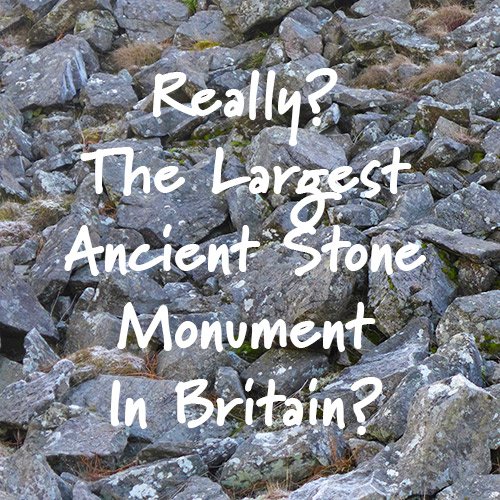Discover The Largest Ancient Stone Monument In Britain
Some say 'It's a pile of old stones. What's the fuss?'
Most say Garn Goch is one of about 700 Iron Age hillforts in Wales, so nothing special.
We say it's not only far more ancient, and far more interesting, but also unique.
We agree with Cadw, Wales' authority on ancient monuments, that it's prehistoric, and deserves to be a national archaeological priority.
Here's ten facts that tell you why.
The massive long cairn can only be Neolithic
The lines of stones are linear cairns, and were never walls
They were assembled from about 5,700 years ago (perhaps 3,000 years before the Iron Age) for religious, not military, purposes
It's a huge site because in its heyday it drew thousands for equinox and solstice events that included mass religious ceremonies, sacrificing, feasting, sports, entertainments, and markets
It belongs among the Neolithic long cairns and religious sites that stretch from the Cotswolds and Stonehenge across to Pembrokeshire and the Original Stonehenge recently featured on the BBC programme.
Today, it's a great place for walks on a sunny day (not so good in pouring rain) with 6,000 years of history thrown in for free, so come and take a look for yourselves.
To be fair, you’re probably thinking ‘Really? The Largest Ancient Stone Monument In Britain? Is that even likely?’
But then, Waun Mawn was once the largest stone circle in Britain and a significant pilgrimage centre before being left to sheep and cattle for thousands of years.
A recent prime time BBC programme has confirmed it as the 'Original' Stonehenge, so who knows what people will be saying about Garn Goch in years to come?
Anyway, click on a few pages, and decide for yourself how proud Wales should be of Garn Goch. Or just get all the information you need in Ten Facts.


Ten facts to launch a thousand archaeologists











